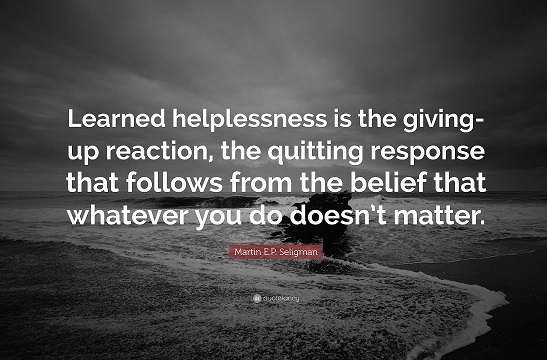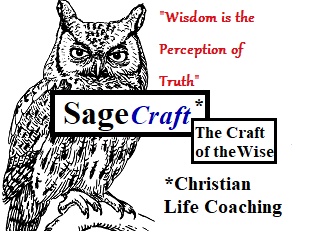This is a humorous, classic Saturday Night Live skit. It Features comedienne, Bob Newhart. The title is “STOP IT!” It points out the truth that every effective Life Coach already knows:
“All human emotion and behavior; all thought, word and deed, every habitual action and RE-action, is SELF GENERATED. You have a choice.”
In other words, the Client has control over every aspect of their mental existence. (Phobias, Anxieties, Depression, Procrastination, etc.) Newhart places the responsibility for this Client’s change and growth squarely where it belongs… in the Client’s hands. (Continue reading below, after watching the video).
Not to make light of a genuine organic mental illness, but as Thomas Szaz pointed out in his popular book: “The Myth of Mental Illness“: A lot of so-called “mental illness” is self-induced. It is then habituated. You get in the habit of thinking and acting with a prevailing negative mindset. This is especially true with Depression and Anxiety. If you allow yourself, or your Client, to put responsibility anywhere else other than right in their lap, you disempower your Client. This contributes to “Learned Helplessness”:

the American Psychological Association.
Martin Seligman is the founder of the Positive Psychology movement. This is NOT to be confused with mere “Positive Thinking”. He called this phenomenon “LEARNED HELPLESSNESS”. It is a type of helplessness that is acquired by a person. It becomes a HABITUAL pattern and an approach to living. You may have noticed, in the video, that Newhart said, a couple of times: “No! we don’t go THERE!”. This a buffer against his Client’s excuses and blaming. Excuses and blaming are what keep old, ossified thinking patterns in place.
FINDING NEW AVENUES TO LEARNING, CHANGE, GROWTH AND ACHIEVEMENT:
Like the Bob Newhart character in the video, instead of allowing Life Coaching Clients to steep themselves in “Learned Helplessness”, and what CAN’T BE DONE, the effective Life Coach nurtures them toward an attitude of “LEARNED RESOURCEFULNESS”; Finding new avenues to learning, change, growth, and achievement.
Thus, EFFECTIVE Life Coaching focuses on developing solutions rather than forever dwelling on the problems facing the Client. Life Coaching recognizes that all change and growth are CLIENT-DRIVEN.
FOR EXAMPLE:
SageCraft Christian Life Coaching has a variety of useful tools to help you assist a Client in changing. One useful tool that I teach in the SageCraft approach to Life Coaching is called the “M.E.C.S.T.A.T. Model”. This comes from what’s referred to as Solution Focused Brief Therapy (SFBT, for short) The M.E.C.S.T.A.T. model is a “Conversational Change model”. This means that it is designed to help induce a change in the client, through the course of ordinary conversation. It helps you get your Client to focus on positive change, growth, and solutions. It provides you with a framework that helps to build your Life Coaching skills.
(Link to M.E.C.S.T.A.T. MODEL PAGE)
Even in the DARKEST of times, or the toughest situations, it helps to place the emphasis on the CHOICES; choices that are open to a Client. (There always are…ALWAYS.) Your Client is the expert on their life; their business and their situation. As a Life Coach, your job is to help the Client open up to new choices that are possible, and close down what limits them. (“Stop it!“ ha ha)
AVOIDING “COMPASSION FATIGUE”
Your task as a Life Coach is to help the Client focus on choice-inspired, solution-driven change. In so doing YOU, as a Life Coach, are freed from the hopelessness and burnout that can accompany your misplaced feelings of responsibility.
For example, as a Life Coach, you may be very much personally invested in your Client’s progress, outcomes, and ultimate success. When the goals your Client has set, are not achieved, you may take it hard. You might feel let down; maybe even a little depressed and dissatisfied with the results you were able to produce. Again, it’s not about YOU.
With the M.E.C.S.T.A.T. MODEL. You place the responsibility for results and change, squarely where it belongs … with the Client. In Truth, the Client is the only one who can make the new choices, and create the results. Your role, as Life Coach, is to act as a catalyst to that change.
